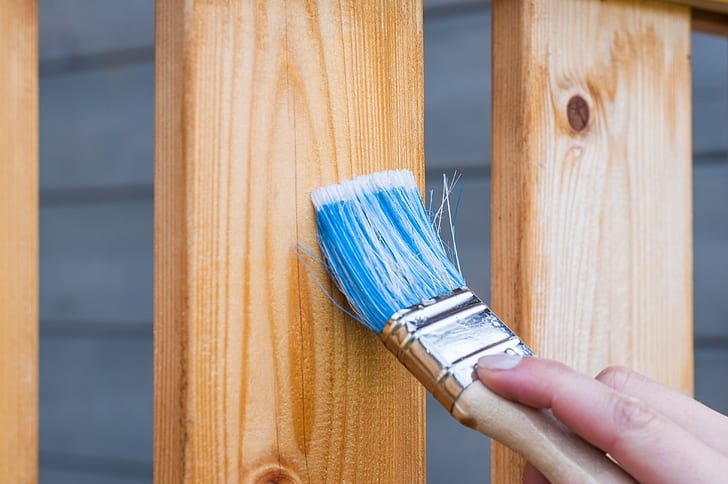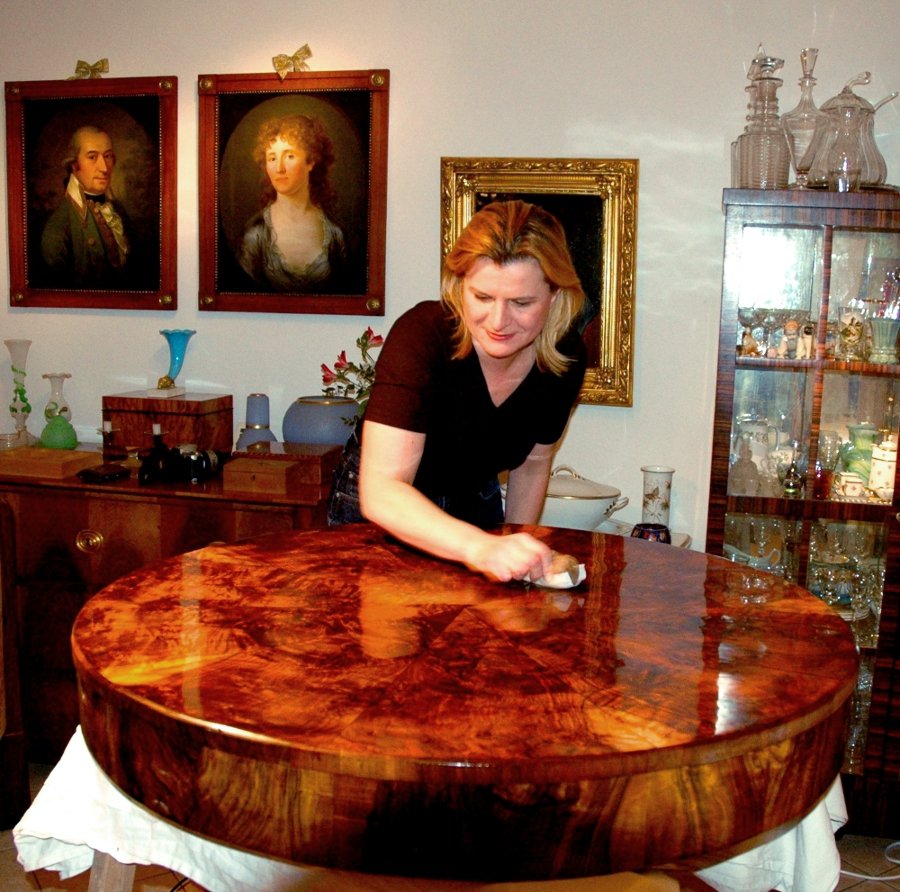Keeping your furniture in pristine condition requires a proactive approach to maintenance. Dust accumulation and potential damage from everyday activities can quickly diminish the beauty and longevity of your pieces. A regular cleaning routine, along with some preventive measures, can help maintain the aesthetic and structural integrity of your furniture. One of the essential components of furniture care is using a good furniture polish to protect surfaces and enhance their natural beauty. Below are several strategies to help you effectively protect your furniture from dust and damage.
Regular Cleaning Routines
Regular cleaning routines for furniture are essential to maintain its longevity, appearance, and hygiene. Different types of furniture require specific cleaning techniques based on their materials—whether it’s wood, upholstery, leather, or metal. Following a consistent cleaning schedule can help prevent dust, dirt, and stains from accumulating, ensuring that furniture stays in great condition for years.
1. Dusting:
Dusting should be done weekly to remove surface dirt. Use a microfiber cloth or a duster to gently clean wooden, metal, or glass surfaces. For hard-to-reach areas like corners or between cushions, use a vacuum with a brush attachment to remove dust and debris.
2. Wooden Furniture:
Clean wooden furniture with a damp cloth, followed by drying it immediately to avoid water damage. Polishing with a wood-specific polish every few months will help maintain its shine and protect it from scratches and moisture.
Establishing a regular cleaning routine is essential for maintaining your furniture. Start by dusting surfaces weekly with a microfiber cloth, which is effective at trapping dust without scratching the surface. Be sure to clean hard-to-reach areas, such as behind furniture and between crevices, where dust tends to accumulate.
For upholstered furniture, vacuuming is a must. Use a brush attachment to remove dust and allergens from the fabric. Depending on the material, spot cleaning with a mild detergent may also be necessary. Always check the manufacturer’s recommendations for cleaning to avoid damaging the fabric. A well-planned cleaning schedule will not only enhance the appearance of your furniture but also contribute to a healthier home environment.
Protecting Against Sunlight

Direct sunlight can be particularly harmful to your furniture, causing fading and discoloration over time. To protect your pieces, consider rearranging furniture to minimize exposure to sunlight. If this isn’t possible, using window treatments such as curtains, blinds, or UV-filtering window films can significantly reduce harmful rays.
Additionally, placing coasters or decorative cloths on surfaces that receive the most sunlight can help shield them from UV damage. For wooden furniture, applying a high-quality furniture polish can create a barrier against sunlight and enhance the finish. Regularly rotating items on display can also help prevent uneven fading.
Using Protective Covers
For items that are rarely used or seasonal, protective covers are a great investment. These covers can prevent dust accumulation and provide a shield against spills, scratches, and other potential damage. Look for covers made from breathable materials to avoid moisture buildup, which can lead to mold and mildew.
When using covers, ensure that they fit properly and don’t restrict airflow. For outdoor furniture, consider specialized covers designed to withstand the elements, as they will offer additional protection against rain, dirt, and insects. Regularly check and clean the covers to maintain their protective qualities.
Avoiding Scratches and Dents
Preventing scratches and dents is crucial for preserving the appearance of your furniture. Start by placing felt pads under furniture legs to protect floors and prevent movement that can cause scuffing. When moving heavy items, lift them instead of dragging to avoid damaging the surface beneath.
Be mindful of placing sharp or heavy objects directly on furniture surfaces. Always use coasters or placemats for drinks and food, and avoid placing hot items directly on the surface. For pieces prone to wear, consider using decorative trays or bowls to corral items and prevent direct contact with the surface.
Managing Humidity Levels
Humidity can have a significant impact on furniture, particularly wooden pieces. Excess moisture can cause warping, while too little can lead to cracking. To maintain an optimal environment, aim for a relative humidity level of around 40-50%.
Using a dehumidifier in humid conditions or a humidifier during dry spells can help regulate indoor humidity levels. Additionally, placing a moisture meter in your home can provide insights into fluctuations in humidity, allowing you to take action when necessary. Protecting your furniture from the damaging effects of humidity will extend its lifespan and maintain its appearance.
Regular Inspections and Maintenance
Periodic inspections of your furniture are essential for identifying issues before they escalate. Check for signs of wear, such as loose joints, scratches, or stains. Addressing these problems promptly can prevent more extensive damage. For wooden pieces, consider reapplying furniture polish every few months to maintain the finish and provide a protective layer.
If you notice any damage, assess whether it can be repaired at home or if professional help is needed. For significant issues, such as structural damage or extensive scratches, consulting a professional furniture restorer may be your best option. Regular maintenance not only enhances the durability of your furniture but also keeps it looking beautiful.
Conclusion
Protecting your furniture from dust and damage involves a combination of cleaning, preventive measures, and regular maintenance. By establishing a cleaning routine, shielding your pieces from sunlight, using protective covers, and managing humidity levels, you can significantly extend the life of your furniture. Regular inspections will help catch any issues early, ensuring your pieces remain both functional and aesthetically pleasing. With a little effort and attention, you can enjoy your furniture for years to come.
